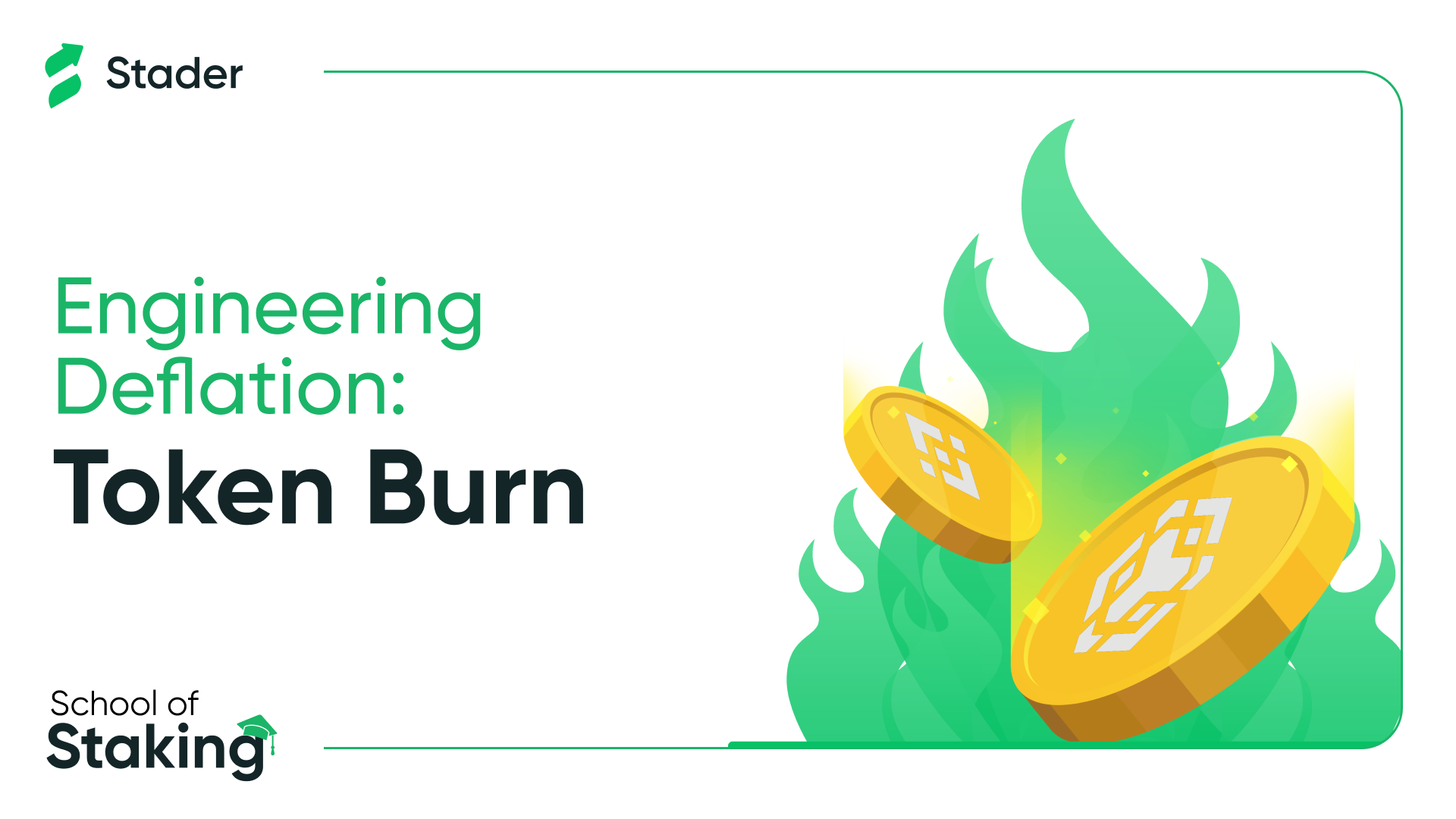Understanding Token Burning in DeFi
Home
Blogs
Understanding T...

Understanding Token Burning in DeFi
What is Token Burning?
In the exhilarating world of cryptocurrencies, token burning plays a pivotal role in managing inflation rates and turning assets deflationary. But what does it entail?
Token burning refers to the calculated, strategic removal or destruction of tokens from the overall circulating supply. This process intentionally reduces the quantity of a particular cryptocurrency available for trading and transactions.
Impact on Token Value
But what implications does this have on the value of the token? The concept is straightforward – if the supply of tokens decreases and the demand remains constant, each remaining token should, theoretically, become more valuable. This concept provides an interesting potential for significant price appreciation.
The Caveat: Minting and Burning
Here's where it gets intriguing: token burning usually doesn't occur in isolation. It often coincides with token minting, the process of creating new tokens. The additional tokens are generally produced as rewards for network validators who aid in maintaining and securing the network.
The Role of Maximum Supply Limit
So, if new tokens are minted simultaneously, what's the long-term impact of burning, especially if there's a predefined maximum supply limit? Over time, regular token burns can reduce this limit, and in the short to medium term, decrease the circulating supply. This sounds advantageous, but what about factors on the demand side?
Fluctuating Demand: A Price Swing Catalyst
Demand for cryptocurrencies can fluctuate dramatically, influenced by myriad factors, from market sentiments and technological advancements to regulatory news and broader economic trends. This variability can create significant price swings in the short to medium term.
Can Token Burning Predict Price Increases?
If token burning could reliably predict price rises, it would be the holy grail of cryptocurrency trading. However, the reality is less straightforward. Terra (LUNA), for instance, burned a staggering 88.7 million LUNA tokens, yet other demand-side variables played crucial roles in determining the token's price.
Token Burning vs. Stock Buybacks
Token burning might seem similar to the practice of stock buybacks in traditional finance, where a company buys back its own shares from the market. However, unlike a stock buyback, token burning doesn't increase the holder's proportion of future company cash flows.
Irreversibility of Token Burning
A defining aspect of token burning is its irreversibility. Burned tokens are sent to a 'black hole' address, which no one has access to, as the private keys are unobtainable. Once tokens are burned, they can never be moved or recovered.
Token Burning as a Correction Tool
Token burning isn't just about controlling supply and demand. Sometimes it's used to correct errors. For example, Tether Operations burned a colossal 4.5 billion USDT due to an accounting mistake.
Binance’s BNB Auto-Burn: A Case Study
A real-world example of this process in action is Binance's BNB Auto-Burn. Binance uses a calculated formula to automatically remove a certain number of BNB tokens from circulation. This enhances the transparency and decentralization of the platform.
Broader Implications of Token Burning
In essence, token burning reflects the power of decentralization in Web3, as it allows stakeholders to directly influence an ecosystem's value. It's a testament to the growing innovation in tokenomics, the study of economic systems and frameworks within the blockchain industry. As we delve deeper into the future of this fascinating field, the potential for novel applications and innovation only continues to grow. Fasten your seatbelts, we are just at the beginning of this thrilling journey!
By:
Utkarsh Verma
Join Stader’s newsletter
Get the latest updates, new DeFi strategies and exclusive offers right in your email box
Analytics
© Copyright 2023 Stader. All rights reserved.















